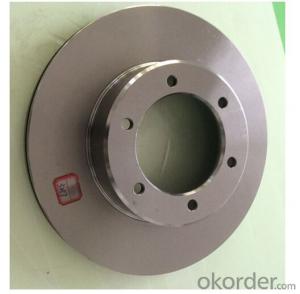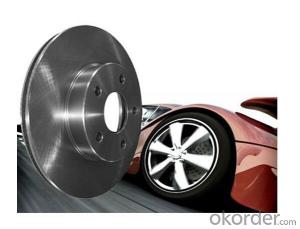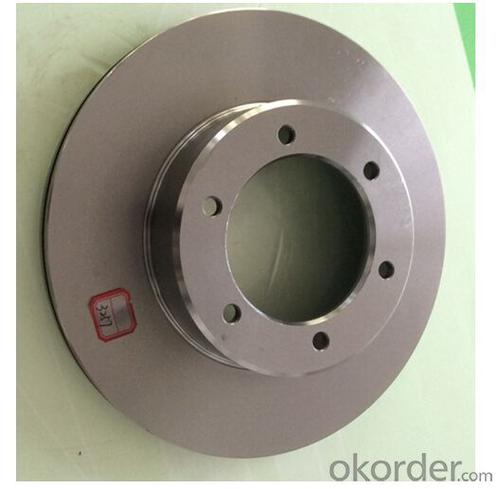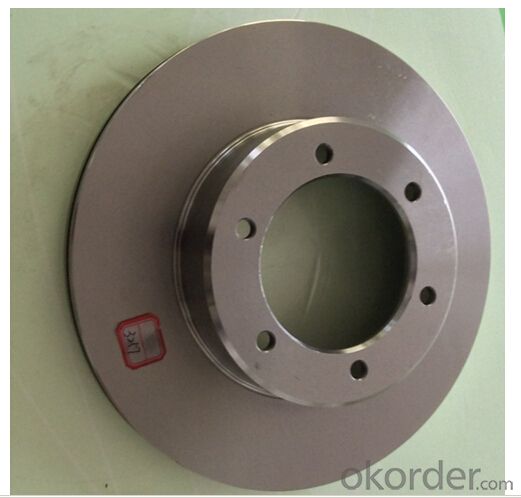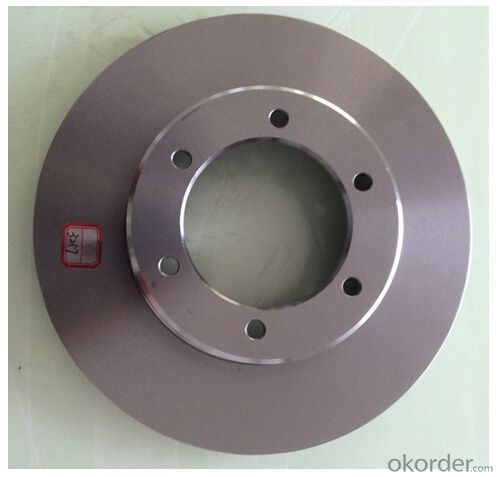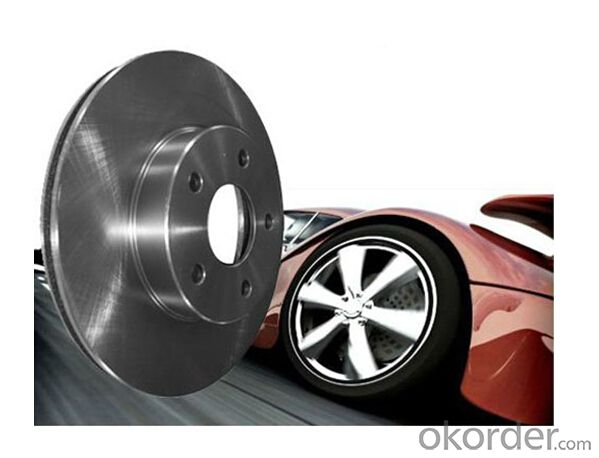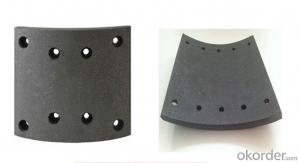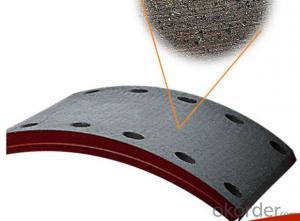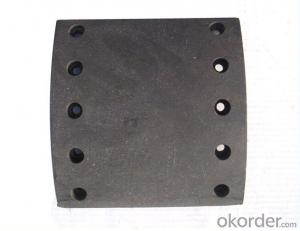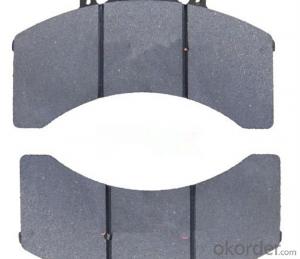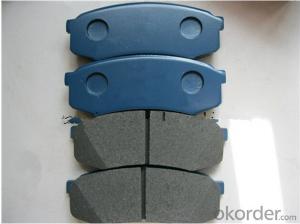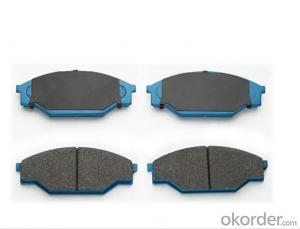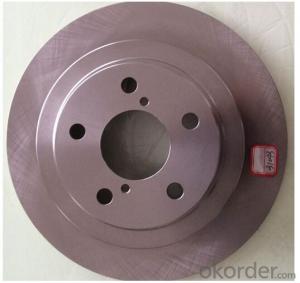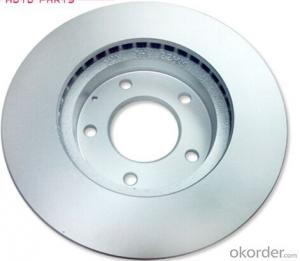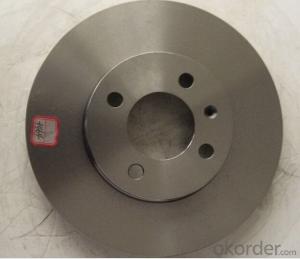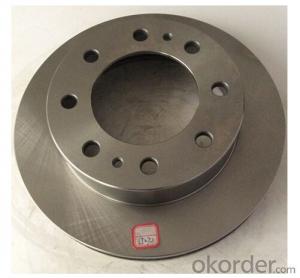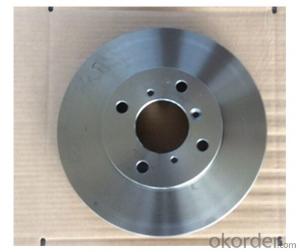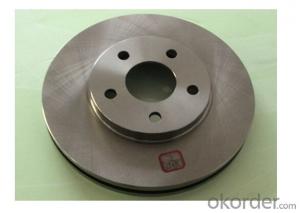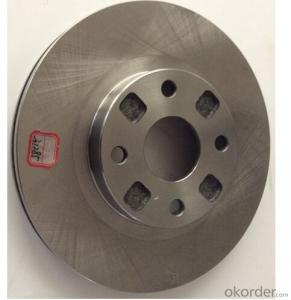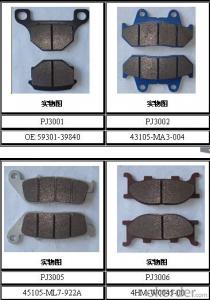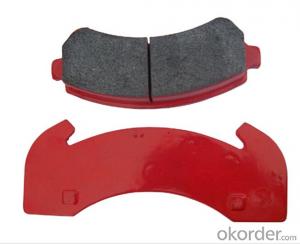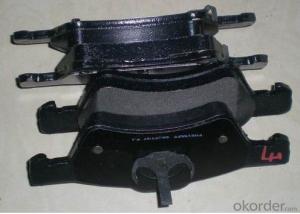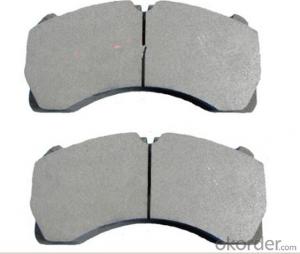Ts16949 Certificate Approved Brake Disc of 55093 (25797350)
- Loading Port:
- Qingdao
- Payment Terms:
- TT OR LC
- Min Order Qty:
- 100 set
- Supply Capability:
- 50000 set/month
OKorder Service Pledge
OKorder Financial Service
You Might Also Like
Product Details
Basic Info.
Certification:ECE
Type:Brake Discs
Material:Non-Asbestos
Position:Front
Export Markets:Global
Product Description
Brake disc
Standard: E-MARK
Origin: China
Features:
1) Hardness: 180-240HB
2) Long service life
3) 100% crucial dimension inspection
4) 100% qualification
5) Low noise
Standard for casting is G3000. Standard for machining is SAE-J431.
We use AIMCO# and OEM# and right now we have more than 1, 900 items that can be supplied to the aftermarket
AIMCO# | AIMCO# | AIMCO# | AIMCO# | AIMCO# | AIMCO# | AIMCO# |
3102 | 3438 | 5361 | 5588 | 8978 | 31163 | 31353 |
3104 | 3441 | 5362 | 5590 | 8979 | 31164 | 31354 |
3106 | 3444 | 5364 | 5593 | 8980 | 31165 | 31355 |
3107 | 3445 | 5365 | 5594 | 8981 | 31166 | 31356 |
3108 | 3446 | 5366 | 5595 | 8983 | 31168 | 31357 |
3110 | 3451 | 5367 | 5596 | 8984 | 31169 | 31358 |
3111 | 3452 | 5368 | 5598 | 8985 | 31170 | 31359 |
3112 | 3455 | 5370 | 5599 | 8986 | 31172 | 31360 |
3114 | 3457 | 5371 | 5601 | 8987 | 31173 | 31361 |
3116 | 3458 | 5372 | 5606 | 8988 | 31174 | 31362 |
3117 | 3459 | 5373 | 5607 | 8989 | 31175 | 31363 |
3118 | 3460 | 5374 | 5610 | 8990 | 31176 | 31364 |
3120 | 3462 | 5375 | 5614 | 8991 | 31177 | 31365 |
3122 | 3464 | 5376 | 5617 | 8992 | 31178 | 31366 |
3123 | 3466 | 5377 | 5618 | 8993 | 31179 | 31367 |
3124 | 3467 | 5378 | 5703 | 8994 | 31181 | 31368 |
3125 | 3468 | 5379 | 5704 | 8995 | 31182 | 31369 |
3126 | 3469 | 5381 | 5712 | 8996 | 31184 | 31370 |
3130 | 3470 | 5382 | 8101 | 8997 | 31185 | 31371 |
3132 | 3471 | 5383 | 8105 | 8998 | 31186 | 31372 |
3133 | 3472 | 5386 | 8106 | 8999 | 31188 | 31373 |
3134 | 3477 | 5387 | 8108 | 31000 | 31189 | 31374 |
3136 | 3479 | 5388 | 8109 | 31001 | 31192 | 31375 |
3137 | 3480 | 5389 | 8124 | 31002 | 31193 | 31376 |
3138 | 3482 | 5393 | 8141 | 31003 | 31197 | 31377 |
3140 | 3483 | 5394 | 8146 | 31004 | 31198 | 31378 |
3141 | 3485 | 5395 | 8147 | 31005 | 31199 | 31379 |
3146 | 3487 | 5396 | 8160 | 31006 | 31201 | 31380 |
3150 | 3488 | 5397 | 8163 | 31007 | 31202 | 31381 |
3151 | 3489 | 5398 | 8171 | 31008 | 31203 | 31382 |
3152 | 3497 | 5399 | 8173 | 31009 | 31204 | 31383 |
3153 | 3498 | 5401 | 8179 | 31010 | 31205 | 31384 |
3154 | 3502 | 5404 | 8190 | 31011 | 31208 | 31385 |
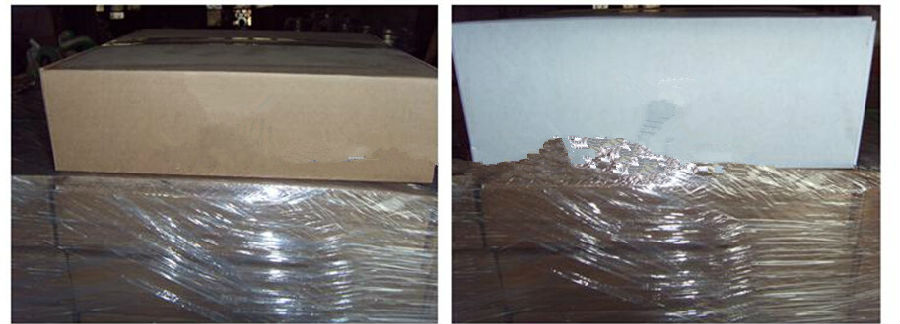
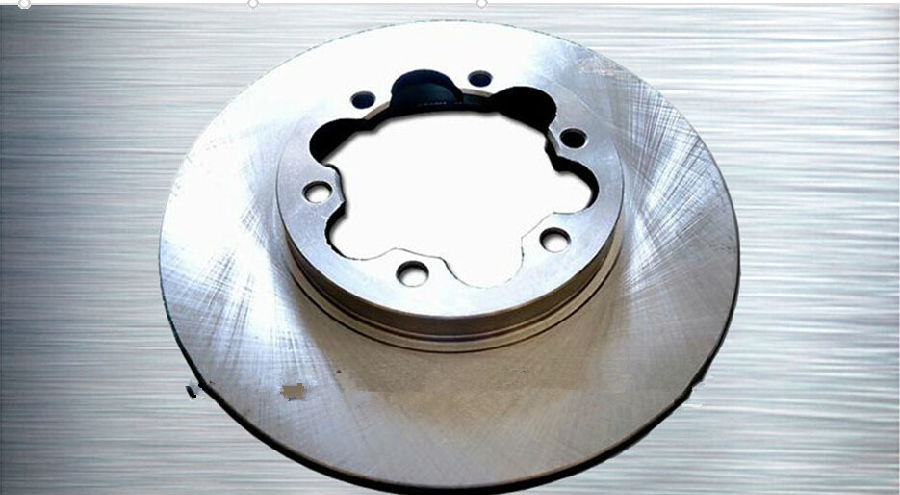
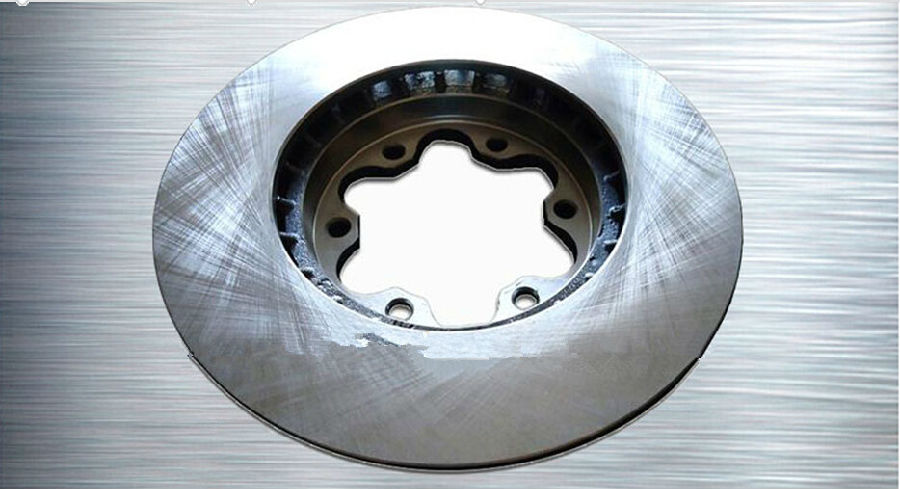
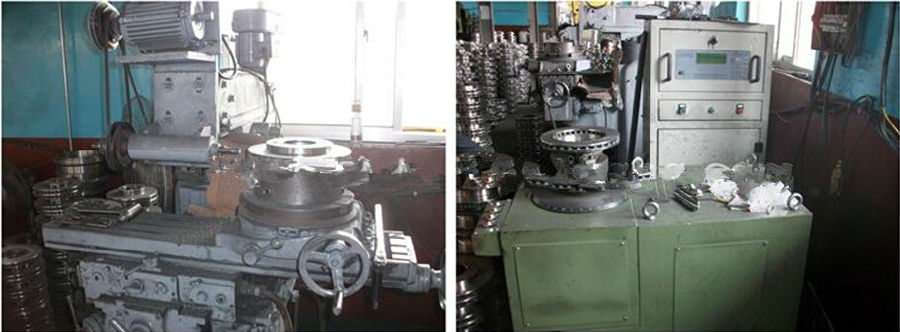
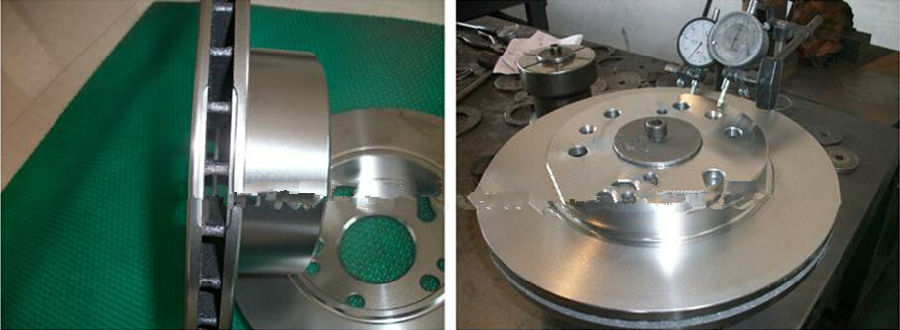
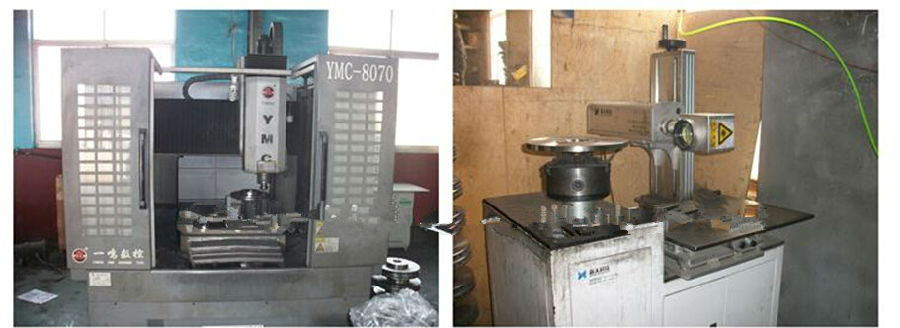
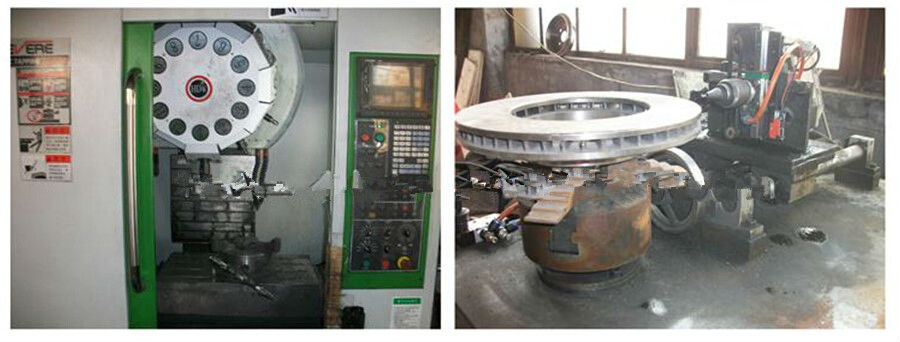
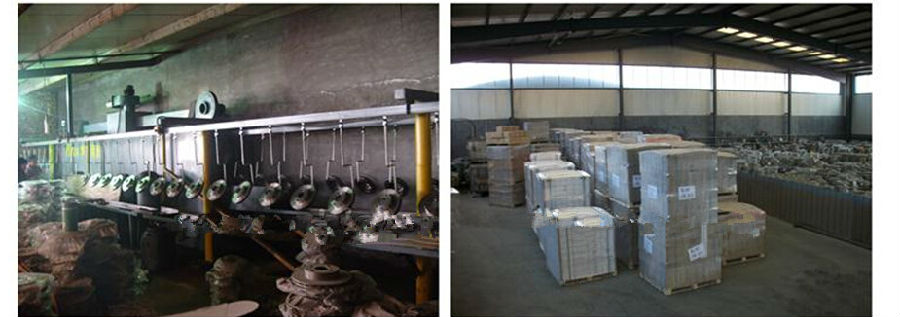
- Q: how do i bleed my gas utv i added the brake fluid but i think it needs to be bleed PLEASE HELP ME
- I think that you should get metal ones. You can get lots of different coloured elastics and on holidays like Christmas you can get green and red. I think that if you need to get metal ones on the bottom get them on the top too because they might look funny. I just got braces and I think the metal ones are the way to go. Good Luck :)
- Q: i have a real hard time focusing while driving a car so i was just wondering if a motorcycle would be easier.
- Riding a motorcycle is easier *for me*. You are not me. A car is basically a point and go. You use the right foot to go or stop and the big wheel in front of you to control the direction. A motorcycle has the rear brake under the right toe, the front brake is the right hand lever. Left hand lever is the clutch, the left foot is the gear shifter, up to up shift and down to down shift. The right grip rotates, and it is the throttle control. The left thumb operates the turn signal. Most bikes you have to cancel the turn signal manually, again with the left thumb. The left thumb also operates the horn(s). At low speed you steer left to go left. At higher speeds to steer right to go left. Getting everything working together is as difficult as walking. After you have been doing it a while no thinking is required. Watching a toddler learning to walk is funny. Watching a newbie learning to ride is scary. Me to new rider cousin: Are you going to crash? NOPE! week later: Are you goind to crash again? Probably.
- Q: Assuming it is well tuned up. 1980‘s Honda Magna series.
- New bikes have better brakes, better suspension; making the bikes safer when running faster; and thus new bikes are less safe. Statistically, modern motorcycles have three times the injuries and deaths per accidents.
- Q: Brakes fine 2,10,30,...NO TELLIN'? miles of riding on/off road ...Brake ( LOCKS ) ?? Pull over bleed screw to spread discs ---works fine then it happens again.PS A Complete new rear brake assembly was already installed.With the Same result??
- The most probabe cause is a lack of lubrication and/or corrosion in the linkage from the pedal to the brake shoes, or in the shoes themselves. Easy to tell: With the bike on the sidestand, manually push the brake pedal and observe the linkage. If it appears stiff, take it off and see if it moves freely. My guess would be that you will have to take the rear wheel off and see what your brake shoes look like. May just need to carefully lube the springs and pivot points. One thing in your favor is that this is one of the simplest motorcycle braking systems around, and the rear wheel comes off easily. Chilton or Haynes manual is only $10-$15.
- Q: A motorcycle and rider have a total mass equal to 300 kg. The rider applies the brakes, causing the motorcycle to accelerate at a rate of -5 m/s2. What is the magnitude of the net force on the motorcycle? ______N
- Let the motorcycle take t sec to fall 50 m By s ut + 1/2gt^2 50 0 + 1/2 x 9.8 x t^2 t √10.20 t 3.19 sec By R [Ux] x t 90 u x 3.19 u 28.17 m/s
- Q: I have a 2006 CBR RR 1000 motorcycle whose brake lights will not come on. I purchased the upper brake switch but have not not put it on yet. I am hesitant as the brake light don‘t work with the foot brake either. HELP!
- Has it been checked ? How do you be attentive to that's the motor ? there are various stuff that could desire to reason wipers to no longer paintings. There could desire to be a chum or somebody who could desire to verify it. no longer plenty information here, have you ever checked fuse ?
- Q: I know you shouldnt ever brake on a curve. But if you have to slow down for some reason, would u use rear or front brake, or both?
- Detroit, 1964, I have my new Honda Sport 50. They told to not use the front brake in the wet as you will go down. So I go out on a wet street, heading straight, nail the front brake only and stop quickly and smoothly and upright. They do not know what they are talking about. As long as you are not near the limits of traction there is absolutely no problem with braking in a curve. If you are taking your curves at or near maximum speed on anything other than a race track you are stupid and you *will* crash. Street riding is not about going fast -- it is about getting to your destination.
- Q: I‘ve been riding a vintage 1960 Vespa (125 cc, manual gear shift) for 3 years and now want to upgrade to a motorcycle.From what I‘ve been reading, they recommend lt; 500cc for the beginner bike. But I‘ve been riding my scooter for 3 years now, and its taught me to ride defensively.especially since the old thing has no turn signals and crappy brakes :):).My heart is toward a 700 cc motorcycle. Should I go for that or should I still stick to a lt; 500cc like the Suzuki GS500?
- From a 125cc scooter to a 700cc motorcycle is not a wise jump. I think you need to stay with 500cc, anything smaller will be a waste of money/time, anything larger will be dangerous. Go with either the GS500 or a Kawasaki Ninja 500, and you will be happy and satisfied for years.
Send your message to us
Ts16949 Certificate Approved Brake Disc of 55093 (25797350)
- Loading Port:
- Qingdao
- Payment Terms:
- TT OR LC
- Min Order Qty:
- 100 set
- Supply Capability:
- 50000 set/month
OKorder Service Pledge
OKorder Financial Service
Similar products
Hot products
Hot Searches
Related keywords
